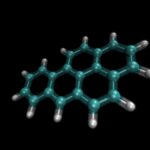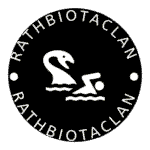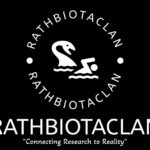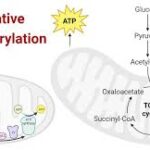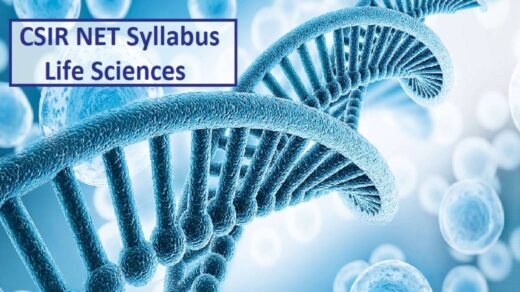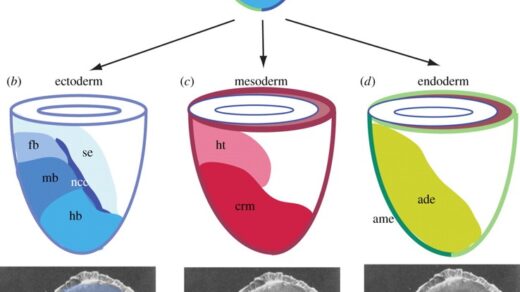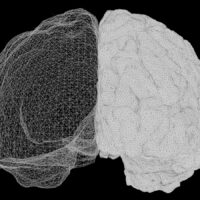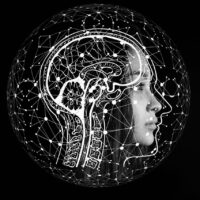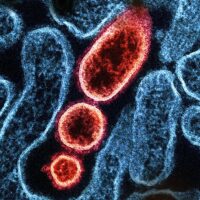Transamination
🦨The transfer of an amino (NH₂) group from an amino acid to a keto acid is known as transamination.
🦨This process involves the interconversion of a pair of amino acids and a pair of keto acids, catalyzed by a group of enzymes called transaminases.

Amino Acid Metabolism
🪶Transamination and Deamination:
Amino acids undergo transamination, followed by deamination, releasing ammonia.
🪶Urea Formation:
The amino group is converted to urea, a waste product excreted by the liver.
🪶Keto Acid Conversion:
The carbon skeleton of the amino acid is converted into keto acids through transamination.
Fates of Keto Acids:–
🪶Energy Generation: Keto acids can be broken down for energy.
🪶Glucose Synthesis:
They can be used to synthesize glucose.
🪶Fat or Ketone Body Formation: They can be converted into fat or ketone bodies.
🪶Non-Essential Amino Acid Production:
They can be used to produce non-essential amino acids.
Silent Features of Transamination
1.Coenzyme Requirement:
All transaminases require Pyridoxal Phosphate (PLP), a coenzyme derived from Vitamin B6.
2.Specific Transaminases:
Specific transaminases exist for each pair of amino acids and keto acids. However, only a few, namely aspartate transaminase and alanine transaminase, make a significant contribution to transamination.
3. No Fixed Identity Only the transfer of the amino group occurs, without a fixed identity.
4.Transamination is reversible.
5.Importance:
Transamination is crucial for the redistribution of amino groups and the production of non-essential amino acids, depending on the needs of the body. It involves both the catabolism and anabolism of amino acids.
6. Energy Generation:
Transamination diverts excess amino acids towards energy generation.
7.Nitrogen Concentration in Glutamate:
The amino acids undergo transamination to primarily concentrate nitrogen in glutamate. Glutamate is the only amino acid that significantly contributes to the liberation of free amino groups for subsequent reactions.
8.Participation of Amino Acids:
All amino acids except lysine, threonine, proline, and hydroxyproline participate in transamination.
9.Not Restricted to Amino Group for instance, the amino group of ornithine is transaminated.
10.Diagnostic and Prognostic Importance:
Aspartate transaminase and alanine transaminase are important for diagnostic and prognostic purposes in medical practice.

Mechanism of Transamination
Transamination is a two-step process involving the transfer of an amino group.
1.Amino Group Transfer
🦨The amino group is transferred to the coenzyme pyridoxal phosphate (PLP), forming pyridoxamine phosphate.
2.Amino Group Transfer to Keto Acid
🦨The amino group of pyridoxamine phosphate is transferred to a keto acid, generating a new amino acid and regenerating the enzyme with PLP.
🦨Role of PLP: All transaminases require PLP, a derivative of Vitamin B6.
🦨Schiff Base Formation: The aldehyde group of PLP forms a Schiff base with the epsilon-amino group of a lysine residue at the enzyme’s active site.
🦨When an amino acid substrate contacts the enzyme, it displaces lysine, forming a new Schiff base linkage.
🦨Binding of PLP: The amino acid-PLP complex binds tightly to the enzyme via non-covalent forces.
🦨Reaction Mechanism: The transamination reaction involves a series of intermediates, as proposed by the Ping Pong mechanism.

A. INVOLVEMENT OF PYRIDOXAL PHOSPHATE IN THE TRANSFER OF AMINO GROUP :
B. FORMATION OF ENZYME-PLP-SCHIFF BASE AND AMINO ACID PLP-SCHIFF BASE

Deamination
🦨Removal of an amino group (NH₂) from amino acids.
🦨Results in the formation of ammonia (NH₃) and a-keto acids.
🦨 Simultaneously,often involve glutamate as the central molecule.
Types of Deamination :
Oxidative Deamination:-
🦨Involves the removal of ammonia from the amino group through oxidation.
🦨Uses glutamate as a substrate and can utilize NAD+ or NADP+ as a coenzyme. Its activity is regulated by allosteric regulation.
🦨That’s primary process occurs in kidney and liver.
🦨L-amino acid oxidase and D-amino acid oxidase
act on the corresponding amino acid to produce a alpha keto acid and NH₃ for various reaction including energy generation.
🦨D-amino acid oxidase: Found in plants and microorganisms, converts D-amino acids to respective keto acids.
Non-Oxidative Deamination:
🦨Removes ammonia without oxidation.
🦨PLP-dependent dehydratases;Act on serine, threonine, and homoserine are under goes to non -oxidative deamination catalyst.
🦨Histidase Acts on histidine to liberate ammonia by non oxidative deamination process.

✦✦✦✦✦✦✦✦✦✦✦✦✦✦✦✦✦✦✦✦✦✦✦✦✦✦✦✦✦✦✦✦✦


